Bicycle crashes. Frustrations caused by slow walkers. Buses halted due to limited capacity. These are all negative things accompanying the crowded campus that Texas A&M has become. The Boring Company, a tunnel construction company founded by Elon Musk, may offer a solution, according to a recent capacity study report.
A&M administrators are exploring the possibility of implementing a tunnel system through campus in order to decrease student traffic. This system would combine under and above ground elements to decrease student traffic. Peter Lange serves as the chief operating officer of the university, leading the groups that operate on all major reconstruction on campus.
“The Boring Company proposal provides a mobility solution that improves campus-wide connectivity, reduces road congestion, allows for future expansion as the need arises and the vehicles in the tunnel are zero emission electric,” Lange said.
This student-flow solution can be made feasible through several installations of stations. These stations are proposed to be installed strategically in locations that are the most congested on campus in order to achieve maximum efficiency.
“The tunnel itself would be built 30 feet below ground with a combination of above-ground and below-ground stations,” Lange said. “The ‘Aggie Loop’ would connect the Polo Road area of campus with the [Memorial Student Center], White Creek Apartment and Reed Arena. Transit time from Polo Road to the MSC would be two minutes and the transit time from White Creek Apartments to the Commons area would be completed in only three minutes.”
Over the course of the last ten years, the A&M student population has increased by roughly 18,000 students. With this increase comes heightened competition for resources.
“There currently simply isn’t a way to transition the number of students we serve safely and effectively in the limited time frame between classes,” Lange said. “The Boring Co.’s unique vertically integrated tunneling process offers a potential solution by connecting the front of campus and West Campus with a loop tunnel. The tunnel route is based on the two most heavily used on campus bus routes which are routes one and three.”
It is not just Lange that has noticed the issue of overcrowding on campus. Many Aggies are suffering the repercussions this year, as according to computer science junior Lucas Bryant. According to him, Aggies continue to struggle when searching for on-campus parking.
“I think way too many people are on campus,” Bryant said. “When many paying students can’t get a parking spot, that’s how you know there’s a problem.”
Through providing a nuanced form of transportation, the Boring Company tunnel system aims to offer a solution to the parking congestion. However, this type of construction will require large amounts of time and money.
“We are still evaluating how best to fund construction and ongoing maintenance for a project like this,” Lange said. “Likely, the university would need to fund this centrally and transit resources would be allocated to improving existing routes.”
Construction could pose a problem considering the already-congested state of the campus. Because of this, Lange addresses to what extent construction will impact the daily Aggie by addressing the specificity by which pavements will be chosen to start and end construction.
“The beauty of the tunneling process is that it is not disruptive along the path meaning that the impact on daily campus life would be minimal,” Lange said. “There would be areas of campus that would be ‘launch’ and ‘recover’ areas on the surface for the boring machine, but considering the overall system, those areas are not big.”
Along with this positivity comes skepticism. Because this is such a large project, students shared their concerns about the time and changes it may cause.
“It could work,” computer science junior Joe DePolo said. “But it would probably take way too much overhead and cause campus to be even more crowded during construction.”
Skepticism is a shared sentiment among students when faced with the idea. Most students either see the construction of tunnels as an added hassle or simply infeasible.
“I’m not sure if a tunnel is the solution because that feels like a complex and expensive solution to a simple problem,” Bryant said. “I feel like a better solution is to admit less people each year and just maintain or lower student population as students cycle in and out. This would make an A&M degree more valuable and handle the overcrowded issue.”
According to the article, “Elon Musk’s tunnels to nowhere”, from Vox, Musk’s first tunnel trial under Hawthorne, California was not ideal. The cars were recorded to be bumpy, and the vehicles used were not able to reach the potential speed.
Because this system is simply a proposal, all of the details are still up for consideration and debate. However, experts on this issue are researching the potential benefits that would come out of the project.
“Projects like this do take a tremendous amount of time to plan and prioritize against other critical building needs,” Lange said. “Constructing world class buildings and solutions is always expensive, but this is a very feasible project. It is a highly cost-effective solution to a persistent challenge and allows for future expansion based on the university’s growth.”




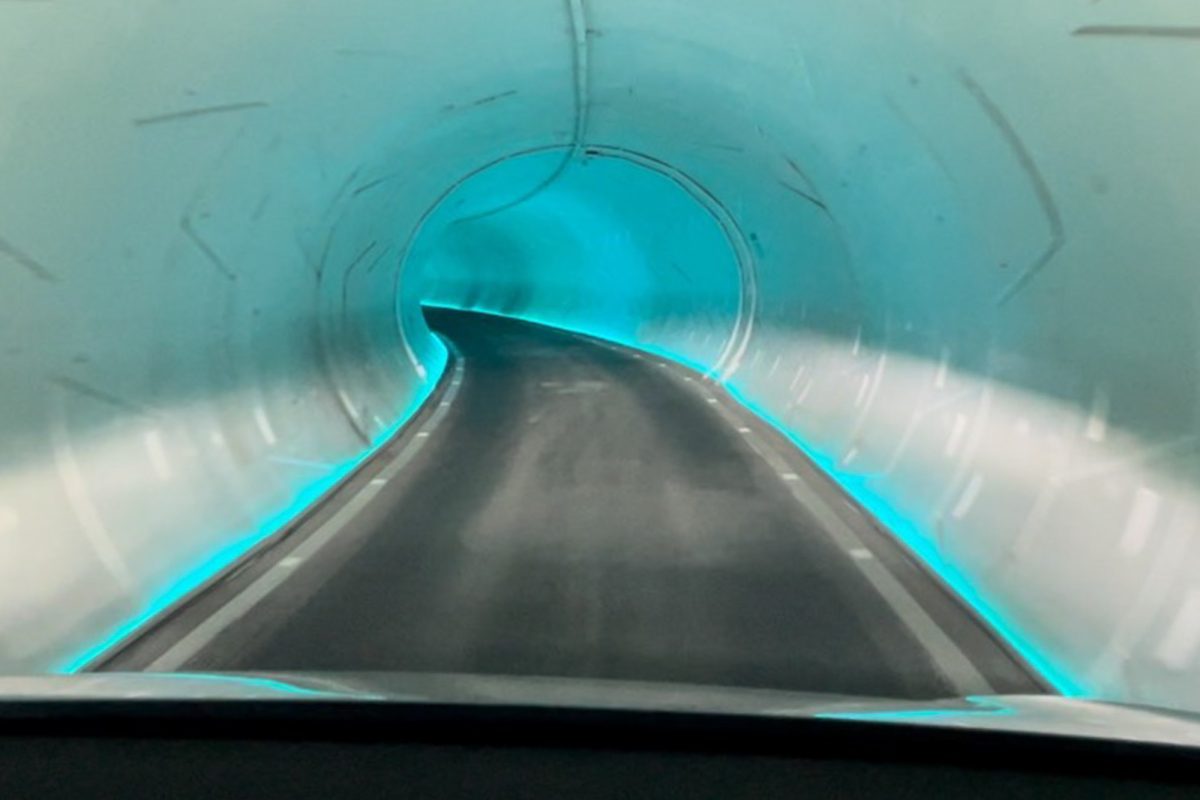


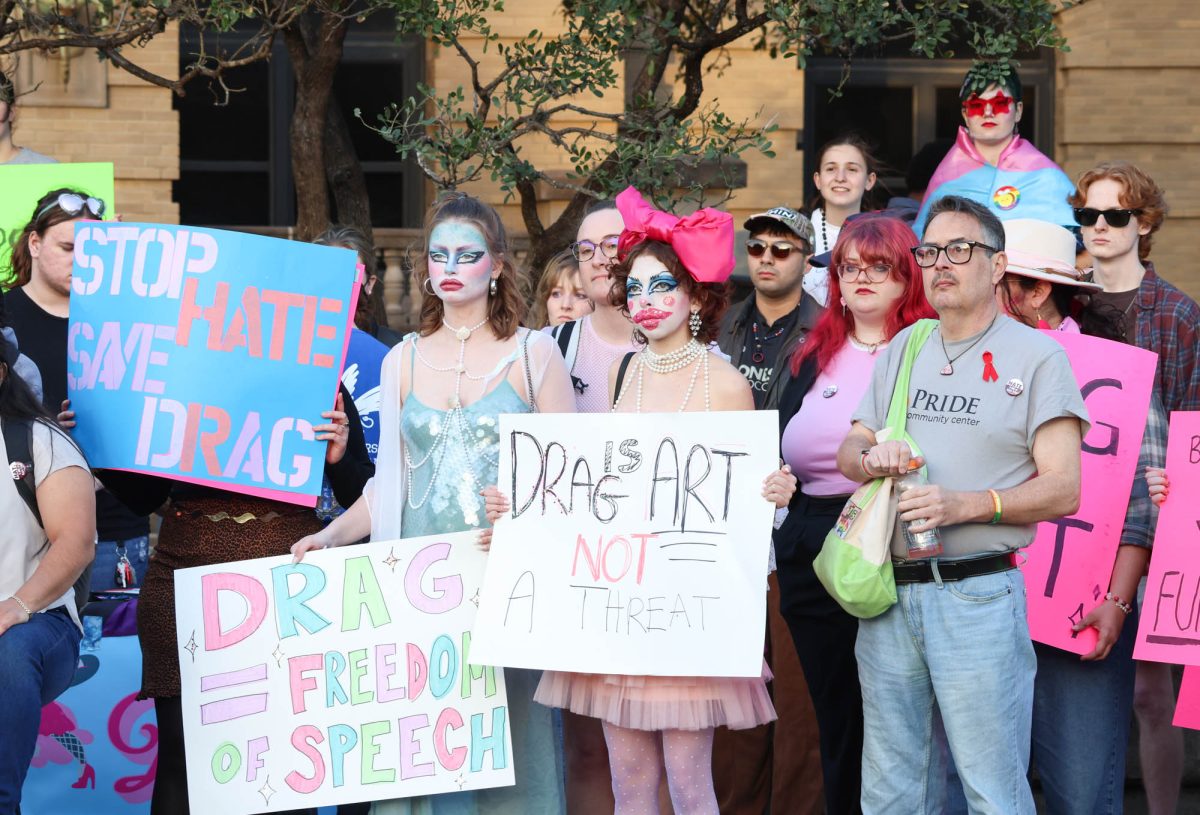

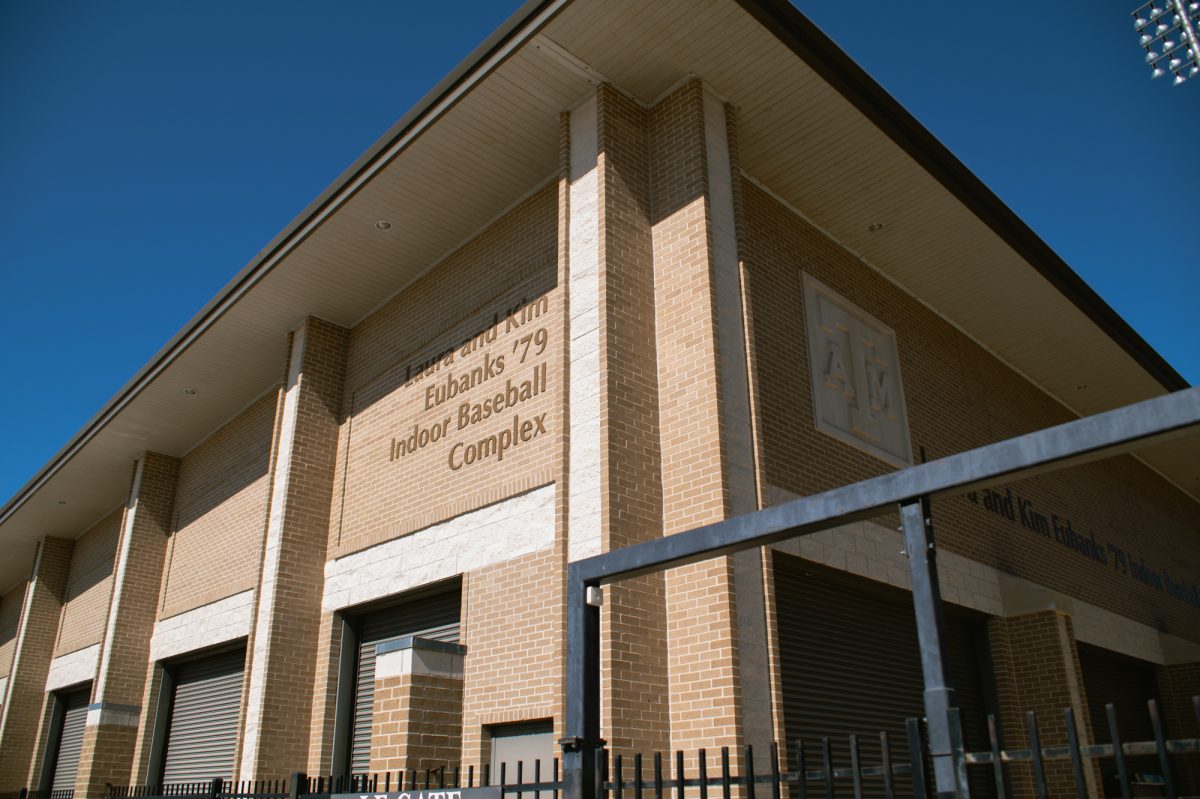

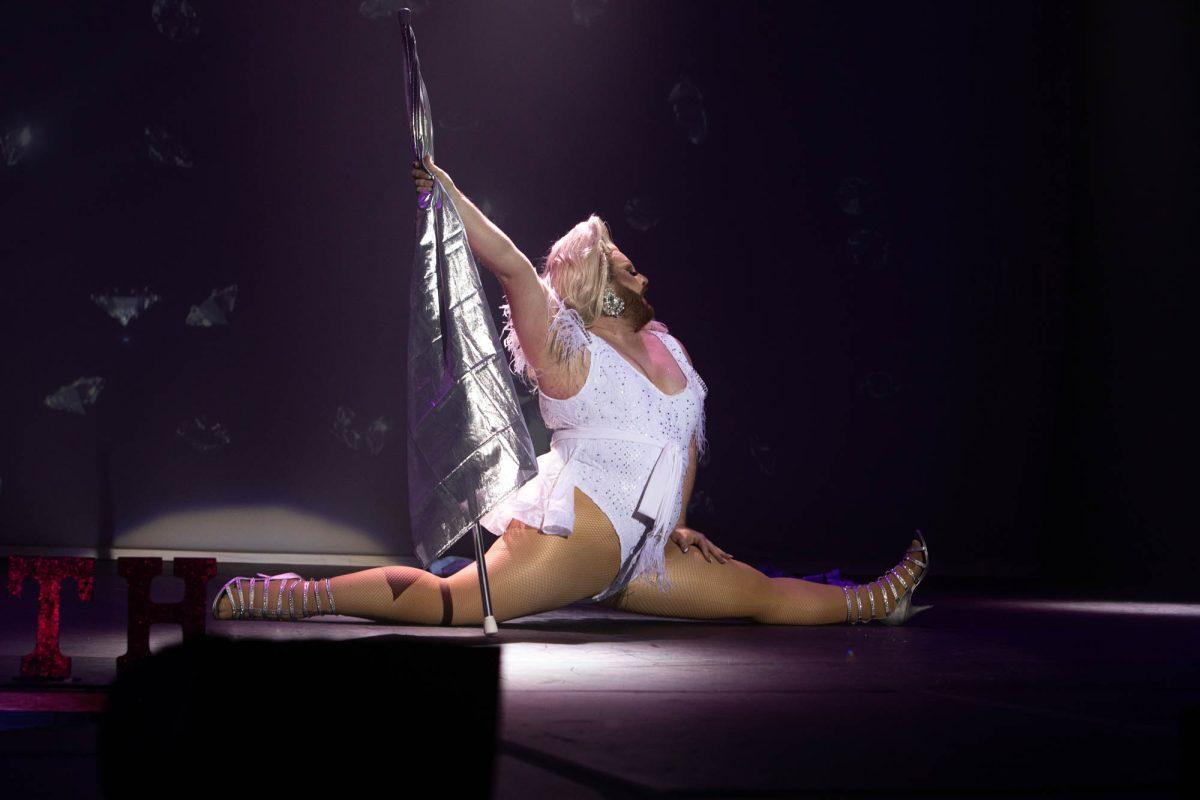

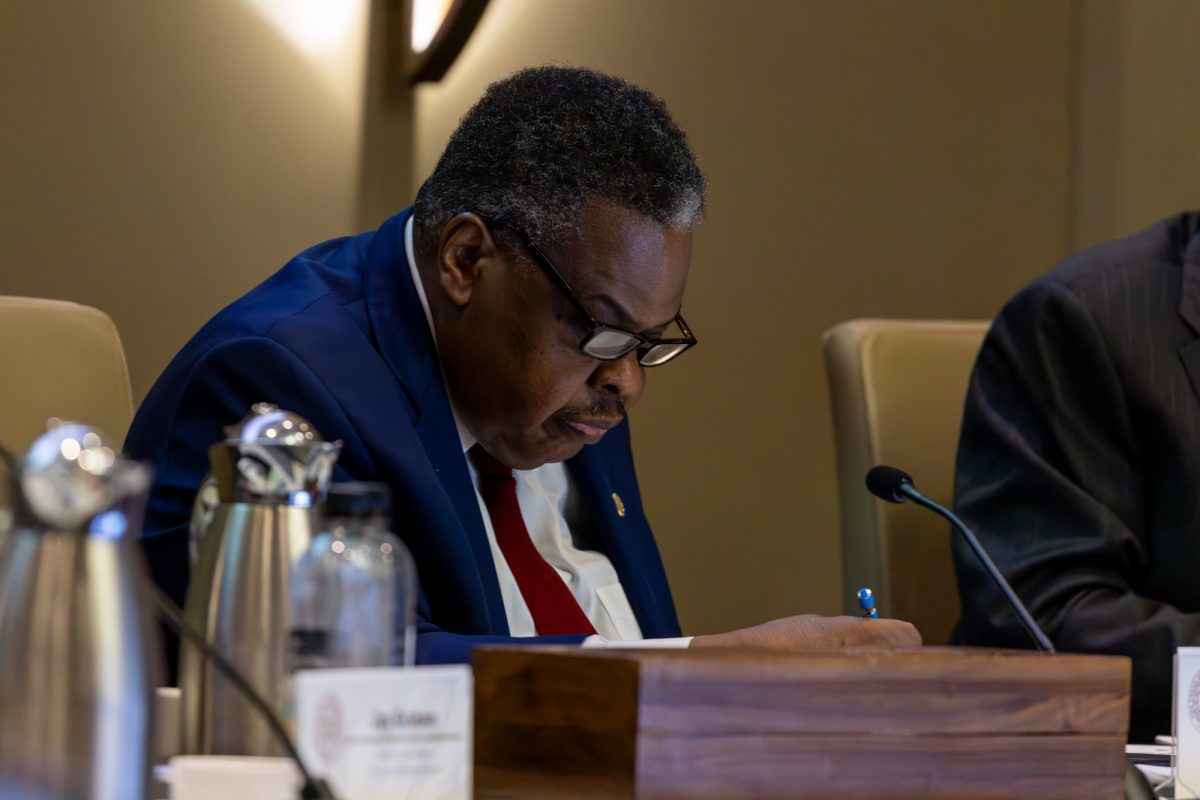
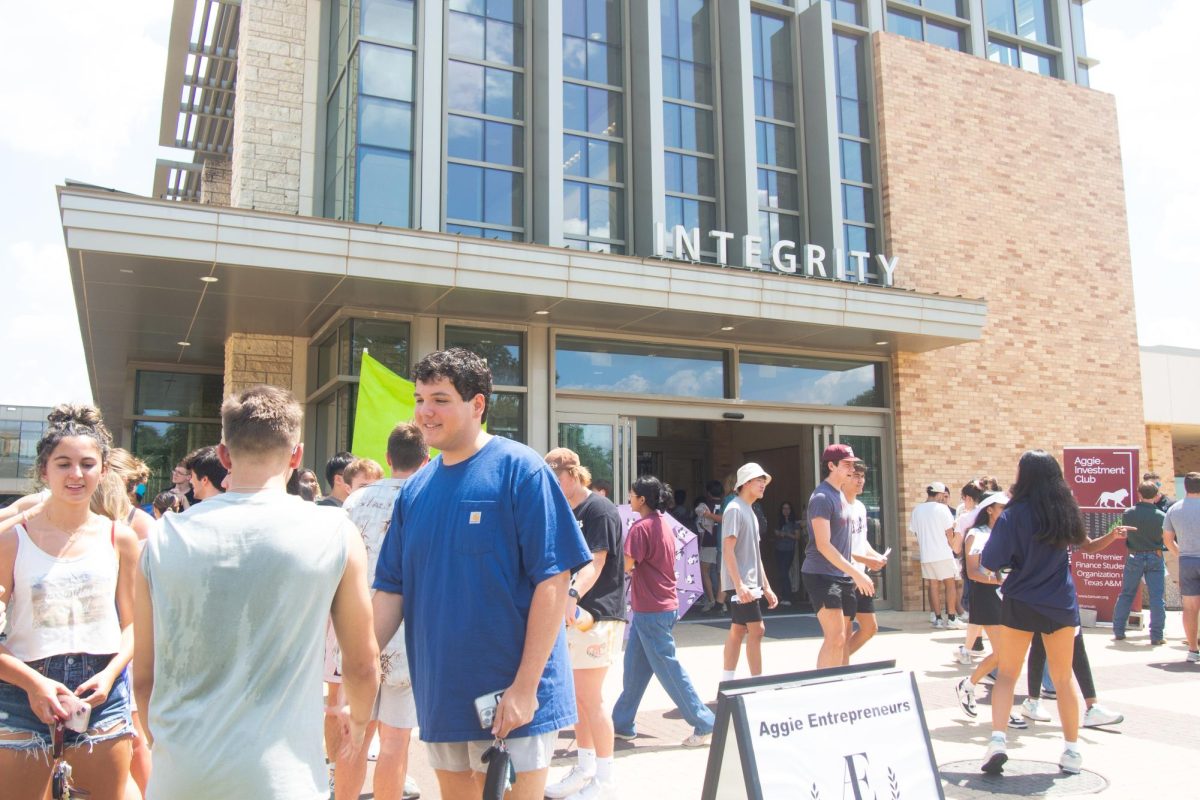
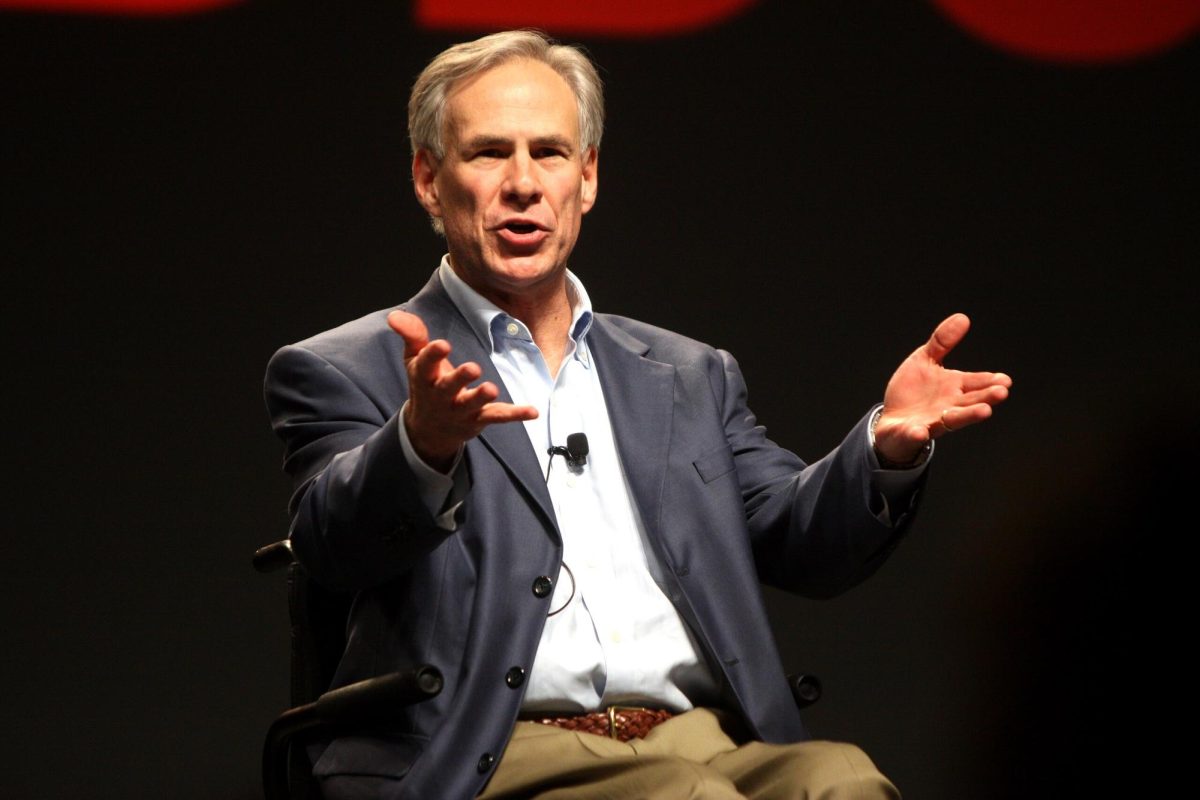
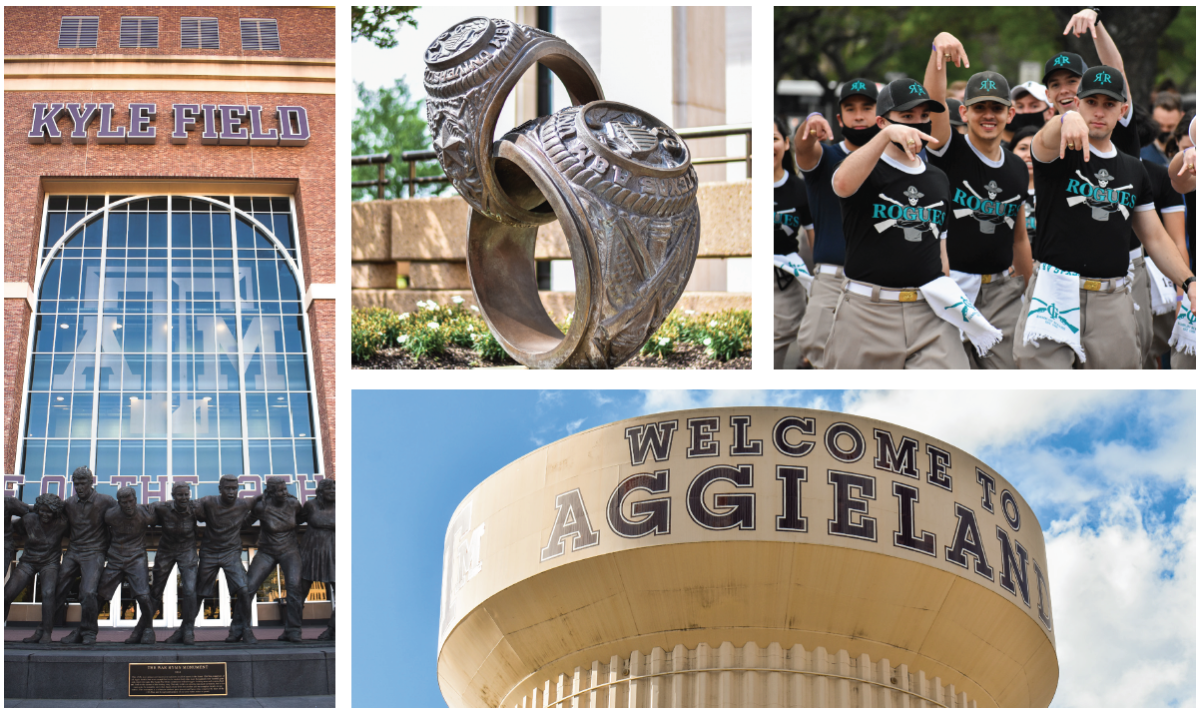
T • Sep 30, 2024 at 8:28 pm
Is this a joke? Are Americans so stupid they cant just build better public transit?
Vikram • Sep 27, 2024 at 3:01 pm
No